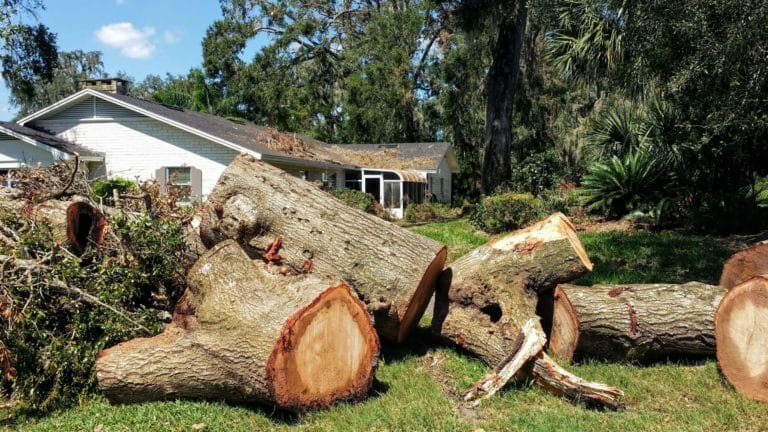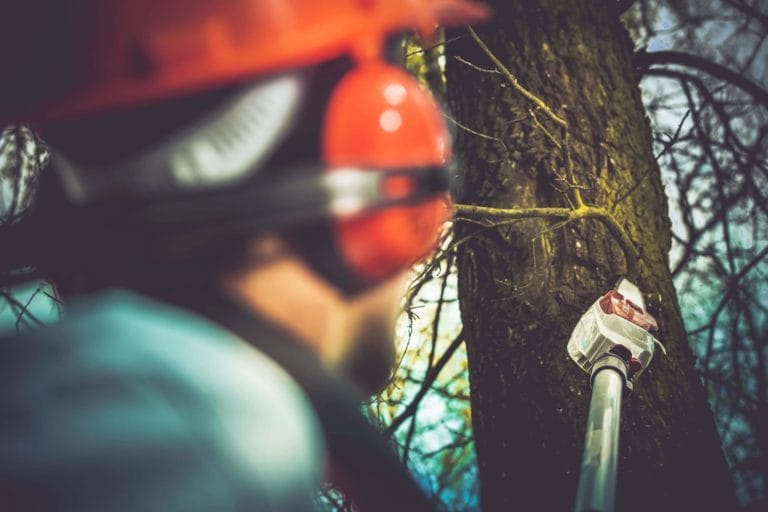
Imagine driving down the road, minding your own business, when suddenly a tree falls on top of your car. Not only is your vehicle damaged, but you’re left with a multitude of questions. Who is responsible for the damages? Is it the property owner where the tree was located? Or does liability fall on the city or municipality?
Here, we will explore the different parties that may be held responsible in this unfortunate event and discuss the steps you can take to ensure that your rights are protected.
- Responsibility of the Property Owner
- Responsibility of the City or Municipality
- Responsibility of the Insurance Companies
- Proving Liability
- Steps to Take if a Tree Falls on Your Car
- Prevention and Preparedness
Responsibility of the Property Owner
In many cases, the responsibility for a tree falling on your car lies with the property owner where the tree was located. Property owners have a legal duty to maintain and inspect their trees to ensure that they are safe and pose no risk to others.
If a property owner fails to properly maintain their trees and a tree falls on your car as a result, they may be held liable for the damages.
Responsibility of the City or Municipality
In some cases, the responsibility for a fallen tree may lie with the city or municipality. If the tree that fell on your car was located on public property, such as a sidewalk or a park, the city or municipality may be held responsible for any damages. It is their duty to inspect and maintain trees on public property to ensure that they are safe for the public.
Responsibility of the Insurance Companies
Insurance companies also come into play when determining responsibility for damages caused by a fallen tree. If you have comprehensive auto insurance coverage, your insurance company may cover the costs of repairing or replacing your vehicle, regardless of who is ultimately responsible.
However, if another party is found to be legally responsible for the incident, your insurance company may seek reimbursement from that party or their insurance company. This process, known as subrogation, allows your insurance company to recoup the costs they paid out on your behalf.
Proving Liability
Proving liability in a tree-related accident can be a complex process. It often involves gathering evidence, such as photographs, witness statements, and expert opinions, to establish the negligence of the responsible party. It’s crucial to document the scene of the incident and collect any relevant information to support your claim.
In cases where the responsible party denies liability or attempts to shift blame, consulting with a personal injury attorney who specializes in property damage claims can be beneficial. They can guide you through the legal process, help gather evidence, and advocate for your rights.
Steps to Take if a Tree Falls on Your Car
If a tree falls on your car, here are the steps you should take:
- Ensure your safety: Move away from the vehicle and the fallen tree to a safe location.
- Call emergency services: Contact the police and/or fire department to report the incident.
- Document the scene: Take photographs of the fallen tree, the damage to your car, and any other relevant details.
- Collect information: Get the contact information of any witnesses who saw the incident.
- Notify your insurance company: Report the incident to your insurance company and provide them with all the necessary details.
- Consult with a personal injury attorney: If necessary, seek legal advice from a personal injury attorney specializing in property damage claims.
Prevention and Preparedness
While accidents involving trees are often difficult to predict or prevent, there are some steps you can take to minimize the risk:
- Regularly inspect trees on your property and address any signs of damage or instability.
- Trim branches that are overhanging or close to your vehicle.
- Keep an eye out for signs of disease or decay in nearby trees.
- Follow local ordinances and regulations and contact professionals if you need tree maintenance.
- Make sure your auto insurance policy includes comprehensive coverage.
By being proactive in tree maintenance and having appropriate insurance coverage, you can mitigate the potential damage and financial burden in the event of a fallen tree.



